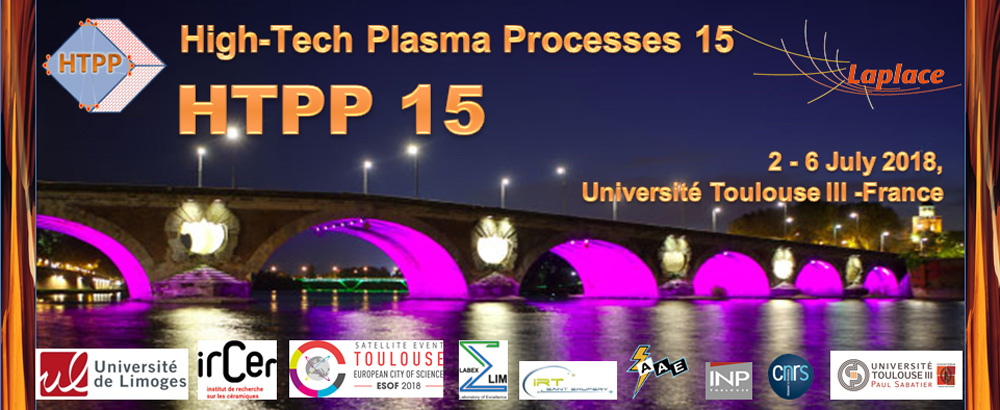One-fluid MHD equations, which are widely used for arc modelling and rely on the assumption of LTE, lose their validity near electrodes, where LTE breaks down. Since regime of current transfer to electrodes is of critical importance to efficiency and lifetime of arc devices, there has been a surge of interest in the literature toward going beyond one-fluid models. This talk is concerned with advances achieved in the last couple of years due to efforts invested by various groups around the globe.
The work has continued on the unified modelling approach, which is a standard tool in simulations of cold plasmas. This approach employs the single set of equations, including the Poisson equation (as well as transport and conservation equations for each plasma species and the electron energy equation), in the whole interelectrode gap. New results have been published concerning application of this approach to model 1D problems. The unified modelling approach has been successfully applied for 2D simulations of low-current high-pressure arcs.
The work has continued on the numerical approach that relies on the assumption of quasi-neutrality in the bulk and boundary conditions describing the near-cathode space-charge sheath, and on the approach that relies on the assumptions of quasi-neutrality and ionization equilibrium in the bulk and boundary conditions describing the space-charge sheath and the ionization layer near the cathode. An approach has been developed that employs the assumptions of quasi-neutrality and ionization and thermal equilibrium in the bulk and boundary conditions describing the sheath, the ionization layer, and the layer of thermal non-equilibrium near the cathode. The latter approach is significantly simpler than the first and second ones, requires less work on evaluation of material functions, and is also much simpler for numerical realization and may be implemented by means of ready-to-use specialized software.
New results on near-anode layers have been reported. In particular, the modelling of near-anode layers in arc discharges in several gases, performed in a wide range of current densities, anode surface temperatures, and plasma pressures, has shown that the density of energy flux to the anode is only weakly affected by the anode surface temperature and varies approximately linearly with the current density. This allows one to interpret modelling results in terms of volt equivalent of the heat flux to the anode; the so-called anode heating voltage. The data computed have been used, in particular, for formulation of boundary conditions for the LTE arc plasma equations at the plasma-anode interface.
Significant advances have been achieved by workers from different countries in the first-principle modelling of erosion of volatile cathodes of vacuum and low-pressure arcs. A model of cathode spots in high-current vacuum arcs was developed with account of all the potentially relevant mechanisms: the bombardment of the cathode surface by ions coming from a pre-existing plasma cloud; vaporization of the cathode material in the spot, its ionization and the interaction of the produced plasma with the cathode; the Joule heat generation; melting of the cathode material and motion of the melt under the effect of the plasma pressure and the Lorentz force and related phenomena. It was found that a crater is formed on the cathode surface and a droplet is ejected without explosions; a result in stark contrast with the reigning paradigm of explosive emission. The same model was applied to investigation of unipolar arcs on tungsten tiles of plasma-facing components in fusion devices.
The work was supported by FCT of Portugal (project Pest-OE/UID/FIS/50010/2013).

 PDF version
PDF version
